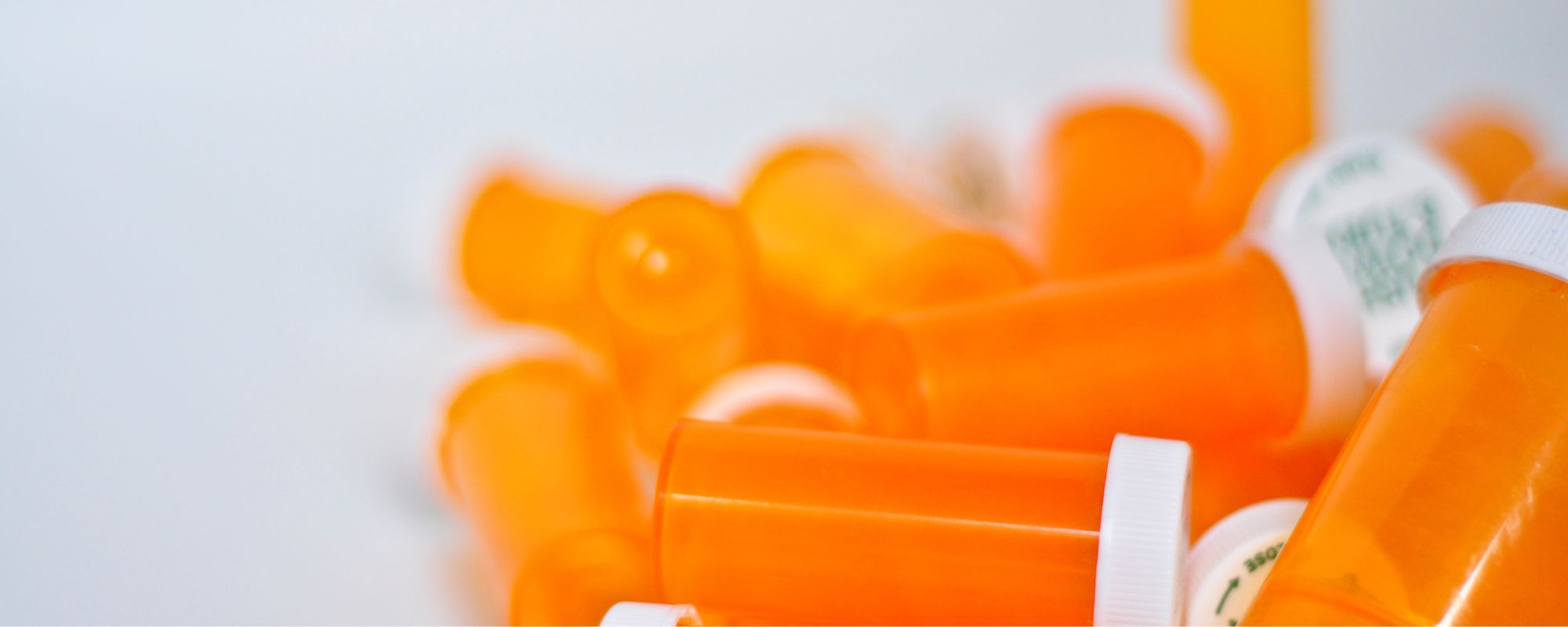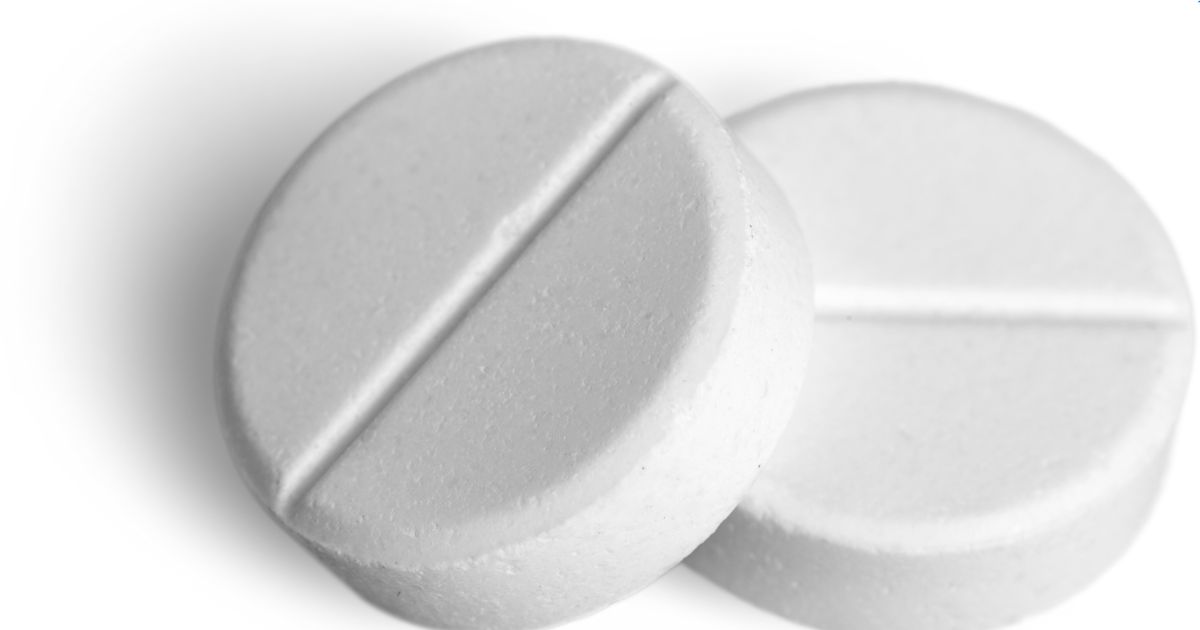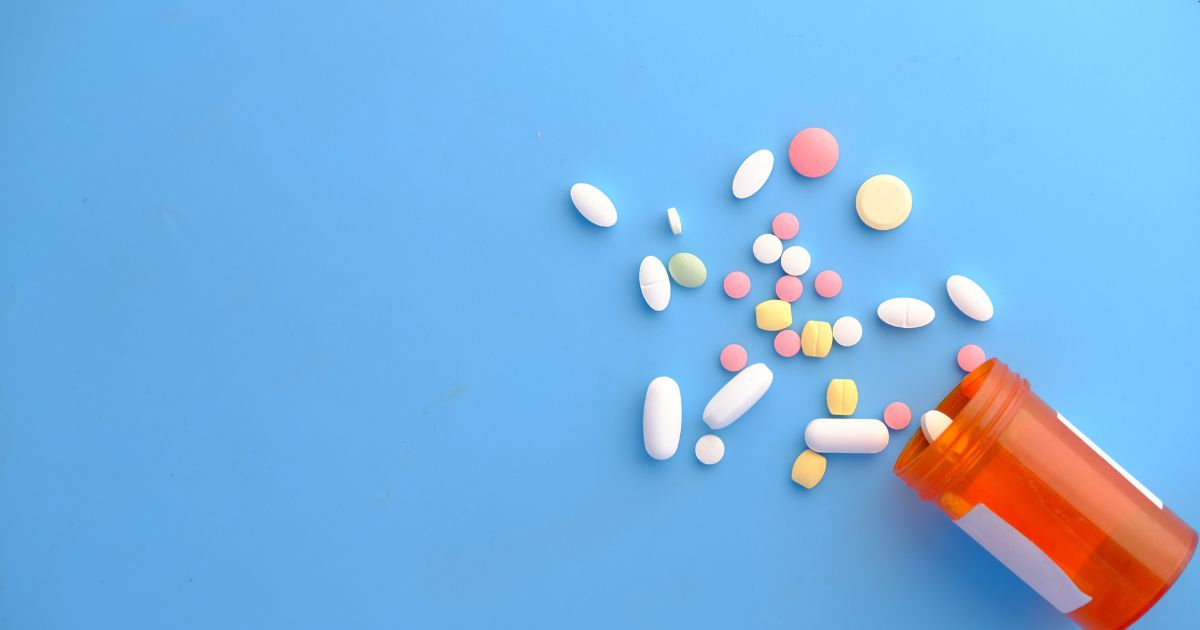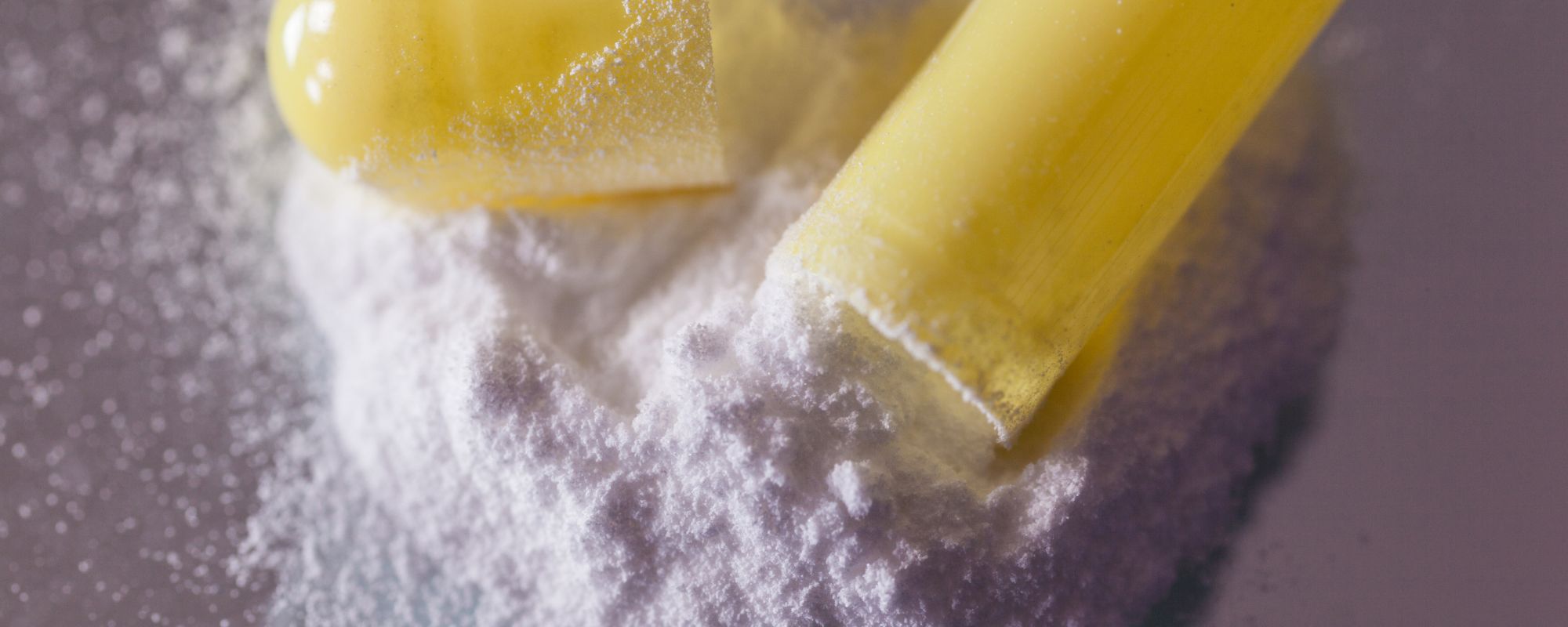While Valium can be effective for short-term relief, it also carries the risk of dependence and addiction. Understanding how long Valium stays in your system and the dangers of prolonged use crucial for those who take it. This article explores Valium’s effects, metabolism, detection in drug tests, and strategies for safely managing its presence in the body.
What Is Valium and How Does It Work?
Valium is the brand name for diazepam, a prescription medication designed to treat anxiety. It’s a benzodiazepine, which is a type of tranquilizer medication meant for anxiety disorders, muscle spasms, seizures, and alcohol withdrawal symptoms.
Valium works by enhancing GABA activity in the brain and central nervous system (CNS). GABA, short for gamma-aminobutyric acid, is a chemical that calms neuronal activity, leading to feelings of relaxation. However, the brain can become dependent on Valium to produce GABA, meaning when a person tries to stop taking it, anxiety can return worse than before. There are also a variety of long-term risks to Valium addiction, underlining the importance of taking care when using benzodiazepines.
Because of its potential for dependence and abuse, Valium is a Schedule IV Controlled Substance in the US and should be used with caution. If you find yourself struggling with Valium addiction, reach out to an alcohol and drug rehab center in Orange County for professional treatment.
Factors That Affect How Long Valium Stays in Your System
Valium has a relatively long half-life of 20-50 hours, meaning it takes this time for half of the drug to be eliminated from your body. The complete elimination can take 5-7 days or longer.
A variety of factors can influence how long Valium stays in your system, such as:
- Metabolism Rate: Individual metabolic differences can significantly impact processing time
- Liver Function: Since Valium is primarily metabolized by the liver, any liver impairment can extend its presence in your system
- Age: Older adults typically eliminate Valium more slowly
- Weight and Body Composition: Higher body fat percentage may prolong Valium’s presence
- Dosage and Frequency of Use: Higher doses and long-term use lead to accumulation
- Other Medications: Drug interactions can affect metabolism
- Kidney Function: While less significant than liver function, kidney issues can affect elimination
If you’re taking Valium, it’s important to follow your healthcare provider’s instructions carefully and discuss any concerns about its effects or duration in your body.
Valium Half-Life: Understanding How Long It Stays in the Body
Valium is a long-acting benzodiazepine, with a half-life ranging from 20 to 50 hours. This means that it takes this amount of time for the body to eliminate half of a single dose. Because of its long half-life and fat-soluble nature, Valium can accumulate in the body, especially with chronic or repeated use, leading to extended detection times in drug tests.
Get confidential help from our addiction treatment specialists in Orange County. Call to join our rehab program today!
Call 866-881-1184How Long Can Drug Tests Detect Valium?
The detection window for Valium depends on several factors, including metabolism, liver function, dosage, frequency of use, and body fat percentage.
Different drug tests have varying detection times:
- Blood: Up to 48 hours
- Saliva: 7–9 days
- Urine: 1–6 weeks (longer for chronic users)
- Hair: Up to 90 days
Blood tests are not commonly used for Valium detection due to its long half-life. Hair tests provide the longest detection window, as drug traces remain embedded in hair follicles for up to 90 days. However, this test is rarely used.
How to Get Valium Out of Your System Faster
Valium (diazepam) has a long half-life and can take days to weeks to fully clear from your body. While you can’t instantly remove it, there are ways to support your body’s natural detox process and potentially speed up elimination.
Tips include:
- Drink More Water: Drink plenty of water to help flush out Valium’s metabolites through urine.
- Support Healthy Liver Function: Valium is primarily metabolized by the liver, so improving liver health can help process it more efficiently. Ways to do this include eating leafy greens and cruciferous vegetables and avoiding alcohol.
- Sweat: Cardio and strength training help boost metabolism and help you sweat, which may aid in processing Valium faster. Sweating through saunas can also help remove toxins stored in fat cells.
- Eat a High-Fiber Diet: Fiber helps bind toxins and supports digestion, preventing reabsorption of Valium metabolites. You can get this from whole grains, beans, legumes, fruits, and vegetables.
- Get Plenty of Sleep: Sleep hygiene is so important for metabolism and overall bodily health, allowing you to eliminate substances more efficiently.
Even with these methods, Valium and its metabolites can still take several days to weeks to leave the system. The best way to clear it is time, along with supporting your body’s natural detox processes through hydration, nutrition, and exercise.
Looking for quality substance abuse treatment that’s also affordable? South Coast accepts most major insurance providers. Get a free insurance benefits check now.
Check Your CoverageThe Dangers of Valium Addiction
Valium can lead to physical and psychological dependence, especially when used long-term or at higher doses than prescribed. Recognizing the signs of dependence and knowing when to seek help is crucial for recovery.
Signs of Valium dependence include:
- Needing higher doses to achieve the same effect (tolerance)
- Experiencing withdrawal symptoms when attempting to stop
- Continued use despite negative consequences
- Unsuccessful attempts to cut down or quit
- Spending significant time obtaining, using, or recovering from Valium
- Neglecting responsibilities and relationships due to use
- Strong cravings for the medication
Get Help for Valium Dependence at South Coast Behavioral Health
Valium, a type of drug in the benzodiazepine class, is commonly prescribed to treat anxiety, but long-term use can lead to valium abuse, dependence, and the need for valium addiction treatment. The half-life of Valium varies depending on several factors affecting valium’s metabolism, but on average, valium elimination can take significant lengths of time, making detox and withdrawal more complex.
Because Valium is often used in combination with other substances, dual diagnosis treatment is crucial for addressing co-occurring mental health disorders, eating disorders, and substance use disorders. Treatment programs can help anyone get through medical detox, inpatient, and outpatient rehab for valium.
If you or a loved one are struggling with Valium addiction but wonder how long addiction treatment takes or have other questions, call us at 866-881-1184 or contact us here. Our highly qualified staff will be happy to help give you an idea on what to expect from your addiction recovery timeline, help verify your insurance, and assist with any other questions you may have.









